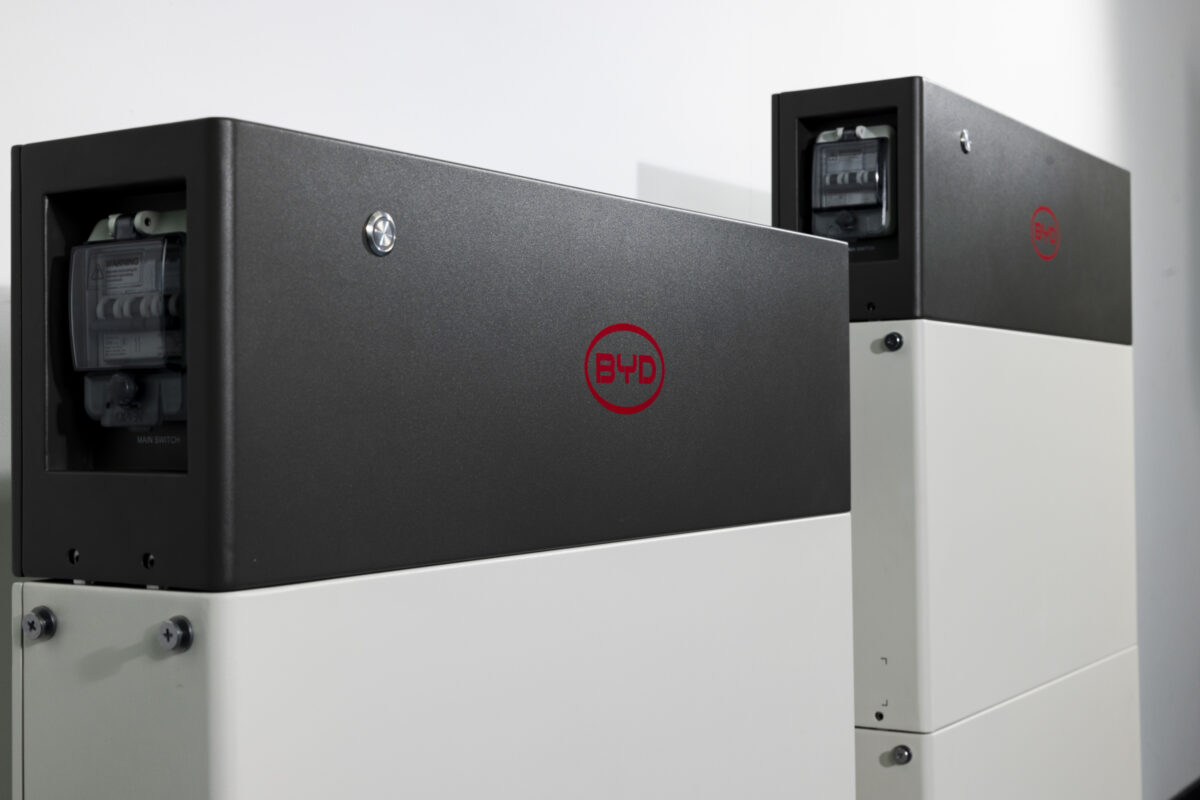Chaowanan Jamroen, a scientist at King Mongkut’s University of Technology North Bangkok in Thailand, has suggested the use of floating PV coupled with storage to power energy-intensive aeration systems used in aquaculture projects.
In “Optimal techno-economic sizing of a standalone floating photovoltaic/battery energy storage system to power an aquaculture aeration and monitoring system,” which was recently published in Sustainable Energy Technologies and Assessments, he claimed that standalone power systems might be particularly beneficial for shrimp ponds in remote parts of developing countries, where no grid electricity is available.
“The proposed configuration could be used for a paddlewheel aerator and a turbine aerator,” he told pv magazine. “However, it is not suitable for a pump-sprayer aerator and a diffuser aerator.”
He said that around 54% of the solar-plus-storage system capital costs are represented by the cost of the battery. This is why the sizing of the entire system would be crucial in achieving economic viability.
He designed a solar-plus-storage installation for an aeration system. It is a fully floating platform for a shrimp pond based on a paddlewheel aerator with a speed of approximately 100 revolutions per minute (rpm). The system was assumed to have a power requirement of 200 W, installed at an unspecified remote location along the eastern coast of the Gulf of Thailand. It is designed to rely on a monitoring system with a power demand of 5 W. The aeration system works for six hours per day and the monitoring system operates around the clock.
“The floating platform is assembled using four high-density polyethylene floats, which are bound into a single unit by a galvanized steel frame, to support both the aerator and solar-plus-storage system,” said Jamroen. “This floating platform has a weight capacity of around 100 kg weight capacity, which is a crucial factor that restricts the size of the solar generator coupled to storage.”
The researcher conducted a simulation for a year and assessed the reliability index, which provides a qualitative estimate of the structural performance of a system. It was calculated to evaluate the power supply ability of the energy system to ensure its continuous operation. He also used the levelized cost of energy to assess the cost-effectiveness of the different energy system configurations. In addition, he considered two aeration scenarios, including day aeration and night aeration.
Jamroen determined that the ideal sizing for the day-aeration scenario is 450 W for the PV system and 60 Ah for the battery. For the night aeration setting, the ideal size of the PV installation is 535 W and at 150 Ah for the storage system.
“The costs of the selected optimal floating solar-plus-storage system were estimated at $805 for day aeration and $1,420 for night aeration,” Jamroen said, noting that the costs for a system powered by a diesel generator came to $16,000 in both scenarios. “The costs covered only the solar-plus-storage system and the costs of floats, motor, paddle wheels, structure, electronic components for the monitoring system were excluded, as our work focused only on the energy system.”
Jamroen determined that the proposed configuration is cheaper than the combination of a floating solar array coupled with a diesel generator and without a battery. He calculated an overall cost of $8,810 for the the day-aeration scenario and a cost of $11,400 for the night aeration scenario.
“The results indicated that the solar-plus-storage system is the most technically and economically feasible option among the other configurations for both day- and night-aeration scenarios,” concluded Jamroen.
*The article was amended on January 10 to reflect that, for the night aeration setting, the ideal size of the PV installation is 535 W, and not 535 kW as we previously reported.
This content is protected by copyright and may not be reused. If you want to cooperate with us and would like to reuse some of our content, please contact: editors@pv-magazine.com.




If the aeration device only works for six hours a day.,why do you need storage at all? It is of course required for night operation.
I think there is an error in the statement: ‘ the ideal size of the PV installation is 535 kW and at 150 Ah for the storage system. ‘ Should read 535 W.
Hi Robert, you are right. The text was amended.